Agile and user-focused voice monitoring and analytics
Integrated voice quality assurance and root cause analysis
Packet-by-packet analysis for deep insights into user experience
Accurate voice service intelligence through RTP time-slicing
Unique, dual visibility into both the control and media planes KPIs
Effective, automated troubleshooting of both signaling and media issues
Simple licensing for cost transparency and pay-as-you-grow model


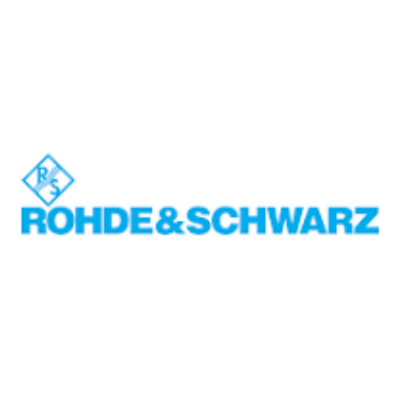



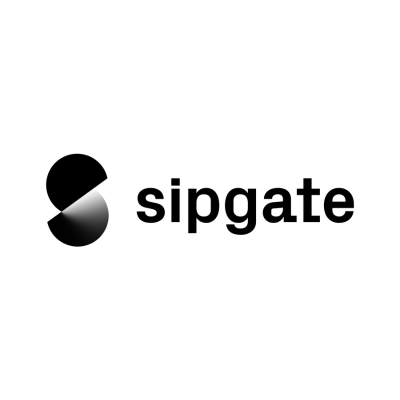

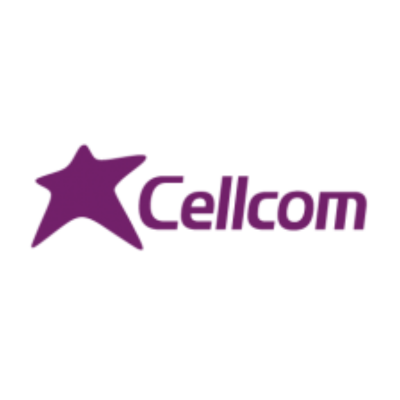
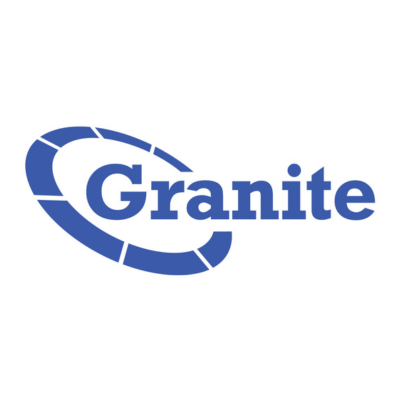

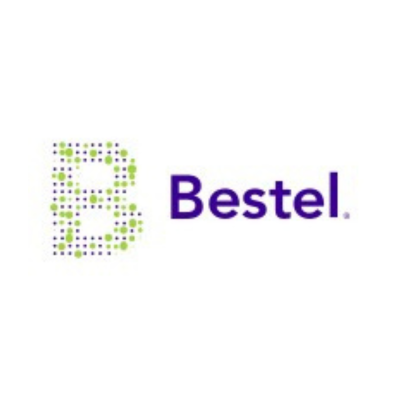
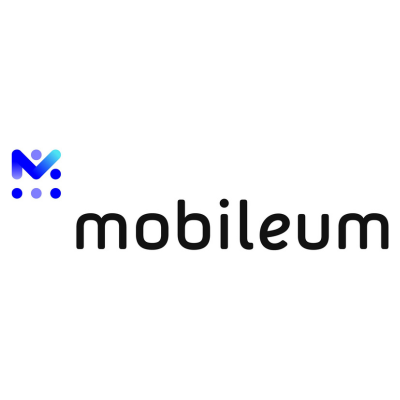
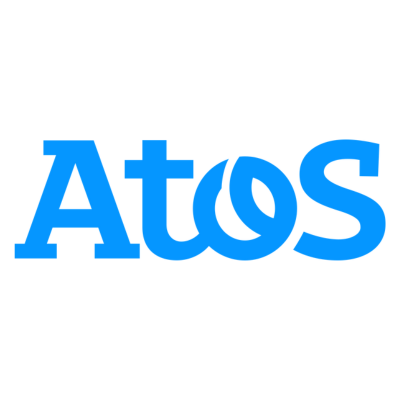









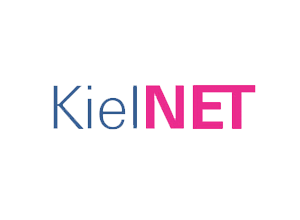

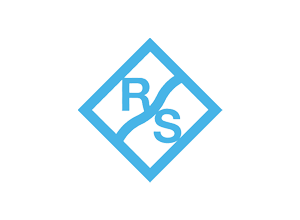


There are numerous challenges in keeping voice service performance under control
Read this Solution Brief to explore how by using Qrystal, you can take full control of your voice-service quality.
There are two main approaches to voice service monitoring: Passive monitoring and active testing. Each of them has its pros and cons. Check out this comparison table to learn more
Voipfuture offers the first and only carrier-grade dual-visibility platform on the market, which provides some unique benefits:
To put it simply: Voipfuture turns network data into business outcomes.
Signaling monitoring means capturing and analyzing the control plane. It is a key part of voice service monitoring which should include monitoring SIP registrations, SIP call setup, management and termination, and automatic checks for anomalous events.
During a VoIP call, media quality is likely to vary since a shared packet-switched transport with many networks and network elements simply has many potential problem sources. To keep in-call service quality under control, all RTP media streams need to be monitored from beginning to end, using a high temporal resolution to identify fluctuations.
While it is very important to correlate SIP signaling and RTP media streams, very few tools actually do it properly, especially when SIP and RTP take different paths through the network. But it is possible. Voipfuture’s Qrystal, for example, uses a two-stage mechanism at different points in the network to achieve this data correlation.
Check out more details about the two stages.
Commonly used KPIs and metrics to characterize VoIP traffic are defined in IETF RFC 6076 and ETSI TR 103 639 Annex A. While RFC 6076 redefines legacy ITU-T E.411 KPIs in the context of SIP signaling, the milestone ETSI TR addresses the limitations and inaccuracies of conventional media metrics that average values per call.
Qrystal overcomes these challenges by fully supporting ETSI TR 103 639 KPIs with its unique timeslicing technology. Qrystal delivers all relevant KPIs and metrics from IETF RFC 6076 and ETSI TR 103 639, plus a number of other standards from ITU-T and 3GPP. The performance indicators provide accurate Dual Visibility by covering signaling performance as well as in-call user experience.
The Mean Opinion Score (MOS) is used to measure or estimate voice quality from a user perspective. In this article you can learn how to calculate MOS, but more importantly, why an average MOS per call cannot accurately reflect the final user experience.
Silent calls (also referred to as one-way audio or one-way voice) are one of the trickiest problems voice service providers face. One or both call parties can’t hear the other party, for various reasons. Here you can find a detailed explanation, case studies, and practical tips that can help you avoid silent calls.
RTP monitoring is a technology that captures and analyzes RTP packets, specifically for VoIP traffic. Inspecting every packet, determining whether it is an RTP packet, associating it with an RTP flow, detecting the used codec and checking the standard conformance is an extremely challenging task just for the sheer amount of packets per second flowing through a VoIP network. However, without RTP monitoring, service providers can only guess the actual in-call user experience.
TP timeslicing is defined in ETSI TR 103 639. It describes the process of slicing RTP streams into consecutive blocks of uniform length (typically a few seconds). Packets of a timeslice are used to compute different metrics, such as jitter or loss, for that specific block, and can be further aggregated to KPIs. In Qrystal terms we call these timeslices Quality Data Records (QDR).
Dual visibility is Voipfuture technology’s ability to provide deep insights into the signaling plane as well as into the media plane of a VoIP service. Traditionally, voice monitoring tools focus on signaling only; however, without dual visibility one can only guess the in-call user experience.
Migrating voice services to the cloud carries many benefits, no doubt. However, there are some significant challenges to overcome as well. The most important thing is to stay in full control of call quality.
Learn how you can achieve this.
Absolutely. Voipfuture provides monitoring and analytics software that scales from small enterprises and call centers to the largest international wholesale networks. You can start small with a single probe, e.g., for a central site, and expand as you grow your service and monitoring requirements. Licensing is mainly based on the number of concurrent call measurements.
Yes. First of all, Voipfuture Qrystal is installed in your network, meaning that sensitive call traffic and any data generated by Qrystal does not leave your network. A detailed roles and permissions system allows to restrict the usage of features and the detail of data. Also, Qrystal only stores data necessary for a detailed analysis of your voice service and automatically deletes any data older than the customizable retention periods. Finally, we use strong encryption for all communication, e.g., between the probes and the central Qrystal Manager.
Standard support is provided via live chat, ticketing portal, email and telephone during German business hours.
The best way to get started is by contacting our sales team at sales@voipfuture.com and arrange for a call to discuss the details.
Seeing return on investment in our solution typically takes less than a year. The solution uses either standard carrier-grade server hardware or virtual machines, thus the CAPEX is very low compared to traditional proprietary monitoring equipment. Our customers see significant savings from network-wide RTP monitoring by enabling more effective operations and by reducing the number and duration of customer care calls.
Read the following case studies to see how customers benefit from Qrystal.
Partner Communications solved a problem with an IMS network element that was causing a significant rise in dropped calls. Metrics generated by the IMS failed to spot the issue or provide data on its cause, leading to degraded service quality. Read More.
PhoneBurner experienced a rise in customer complaints primarily around:
PhoneBurner was using traditional monitoring tools such as Homer and Wireshark, to try and understand these call-quality issues. However, these tools offered limited visibility into the media plane or RTP stream, preventing the company from assessing call quality or linking it to specific network issues. We were able to put together a plan to improve PhoneBurner’s network visibility very quickly. Read More.
Read how we deployed our Qrystal monitoring solution with Mobileum’s RCEM product at a U.S.-based Tier-1 carrier. The integrated solution now provides key insights into the carrier’s VoLTE roaming traffic. Read More.
We’ll be happy to share with you many other success stories. Contact Us.
© Voipfuture GmbH 2024. All rights reserved | Imprint | Privacy Policy